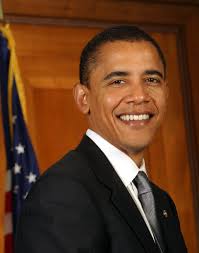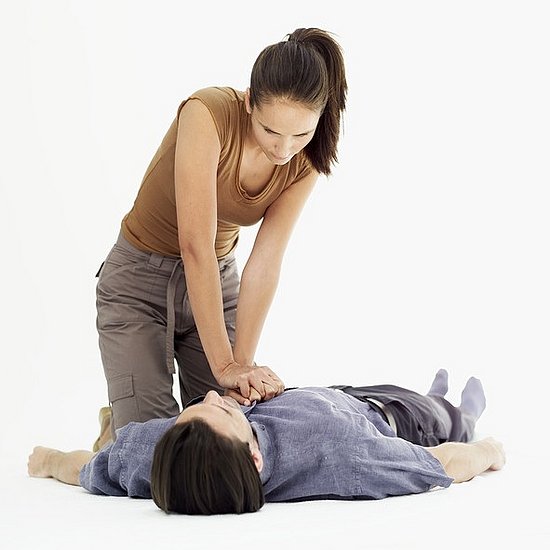It turns out, actually, that the human production of earthquakes is hardly supervillain-worthy. It’s downright commonplace: Klose estimates that 25 percent of Britain’s recorded seismic events were caused by people.
Most of these human-caused quakes are tiny, registering less than four on geologist’s seismic scales. These window-rattlers don’t occur along natural faults, and wouldn’t have happened without human activity — like mining tons of coal or potash. They occur when a mine’s roof collapses, for example, as in the Crandall Canyon collapse in Utah that killed a half-dozen miners last year.
But some human actions can trigger much larger quakes along natural fault lines. That’s because humans, with the aid of our massive machines, can sling enough mass around to shift the pattern of stresses in the Earth’s crust. Faults that might not have caused an earthquake for a million years can suddenly be pushed to failure, as Klose argues occurred during Australia’s only fatal earthquake in 1989.
Here are the top five ways to create an earthquake.
 1. Build a Dam: Water is heavier than air, so when the valley behind a dam is filled, the crust underneath the water experiences a massive change in stress load. For example, the Hoover Dam area experienced hundreds of quakes as Lake Mead filled. University of Alaska seismologist Larry Gedney explained, "Since [the dam] reached its peak of 475 feet in 1939, the level of seismicity has fluctuated in direct response to water level.
1. Build a Dam: Water is heavier than air, so when the valley behind a dam is filled, the crust underneath the water experiences a massive change in stress load. For example, the Hoover Dam area experienced hundreds of quakes as Lake Mead filled. University of Alaska seismologist Larry Gedney explained, "Since [the dam] reached its peak of 475 feet in 1939, the level of seismicity has fluctuated in direct response to water level. 2, Inject Liquid Into the Ground: In 1961, the Army decided that the best way to dispose of toxic waste from napalm production (among other things) was to drill a 12,000-foot-deep well in the Rocky Mountains and inject the bad stuff down it into the crust of the Earth. From 1962 to 1966, the Army deposited 165 million gallons of toxic waste into this hole in the Earth. Unfortunately, the injections probably triggered earthquakes in the region, and the Army shut the operation down. As seismologist Dave Wolny explained, "If you are doing deep well injection, you are altering the stress on the underlying rocks and at some point, the stress will be relieved by generating an earthquake."
2, Inject Liquid Into the Ground: In 1961, the Army decided that the best way to dispose of toxic waste from napalm production (among other things) was to drill a 12,000-foot-deep well in the Rocky Mountains and inject the bad stuff down it into the crust of the Earth. From 1962 to 1966, the Army deposited 165 million gallons of toxic waste into this hole in the Earth. Unfortunately, the injections probably triggered earthquakes in the region, and the Army shut the operation down. As seismologist Dave Wolny explained, "If you are doing deep well injection, you are altering the stress on the underlying rocks and at some point, the stress will be relieved by generating an earthquake." 3. Mine a Lot of Coal: Coal provides more than half the electricity in the United States and an even greater percentage in China. That means there are a lot of coal mines working overtime to pull the fossilized fuel out of the Earth. In total, miners pulled 6,195 million metric tons of coal out of the Earth in 2006 alone. And coal mines often have to pump water out along with the coal, sometimes extracting dozens of times as much water as coal. Add it up and you have a huge change in the mass of a region, and huge mass changes refigure the earthquake stresses of an area, sometimes increasing the chance of an earthquake and other times lowering it. Klose’s work suggests that more than 50 percent of the human-triggered earthquakes recorded came from mining operations.
3. Mine a Lot of Coal: Coal provides more than half the electricity in the United States and an even greater percentage in China. That means there are a lot of coal mines working overtime to pull the fossilized fuel out of the Earth. In total, miners pulled 6,195 million metric tons of coal out of the Earth in 2006 alone. And coal mines often have to pump water out along with the coal, sometimes extracting dozens of times as much water as coal. Add it up and you have a huge change in the mass of a region, and huge mass changes refigure the earthquake stresses of an area, sometimes increasing the chance of an earthquake and other times lowering it. Klose’s work suggests that more than 50 percent of the human-triggered earthquakes recorded came from mining operations. 4. Drill a Gusher Dry: Three of the largest human-caused quakes occurred near a natural-gas field in Uzbekistan, the Gazli. The combination of liquid extraction and injection changed the tectonic action in the field. The biggest of the trio registered as a 7.3. According to a major analysis (.pdf) by Russian scientists, "Few will deny that there is a relationship between hydrocarbon recovery and seismic activity, but exactly how strong a relationship exists has yet to be determined." They caution that in regions where tectonic activity is already high, extracting oil and natural gas could trigger strong quakes.
4. Drill a Gusher Dry: Three of the largest human-caused quakes occurred near a natural-gas field in Uzbekistan, the Gazli. The combination of liquid extraction and injection changed the tectonic action in the field. The biggest of the trio registered as a 7.3. According to a major analysis (.pdf) by Russian scientists, "Few will deny that there is a relationship between hydrocarbon recovery and seismic activity, but exactly how strong a relationship exists has yet to be determined." They caution that in regions where tectonic activity is already high, extracting oil and natural gas could trigger strong quakes. 5. Create the World’s Biggest Building: Back in 2005, a geologist claimed that the world’s then-tallest building, the Taipei 101, which weighs in at more than 700,000 metric tons, was triggering earthquakes in a long-dormant fault in Taiwan. Klose doubts that the building actually did so, but said that it wasn’t outside the realm of possibility for a building to create an earthquake. The weight of the building, however, would have to be much greater than the Taipei 101’s, and even much larger than the Burj Dubai, currently still under construction but already the world’s tallest building.
5. Create the World’s Biggest Building: Back in 2005, a geologist claimed that the world’s then-tallest building, the Taipei 101, which weighs in at more than 700,000 metric tons, was triggering earthquakes in a long-dormant fault in Taiwan. Klose doubts that the building actually did so, but said that it wasn’t outside the realm of possibility for a building to create an earthquake. The weight of the building, however, would have to be much greater than the Taipei 101’s, and even much larger than the Burj Dubai, currently still under construction but already the world’s tallest building. 










